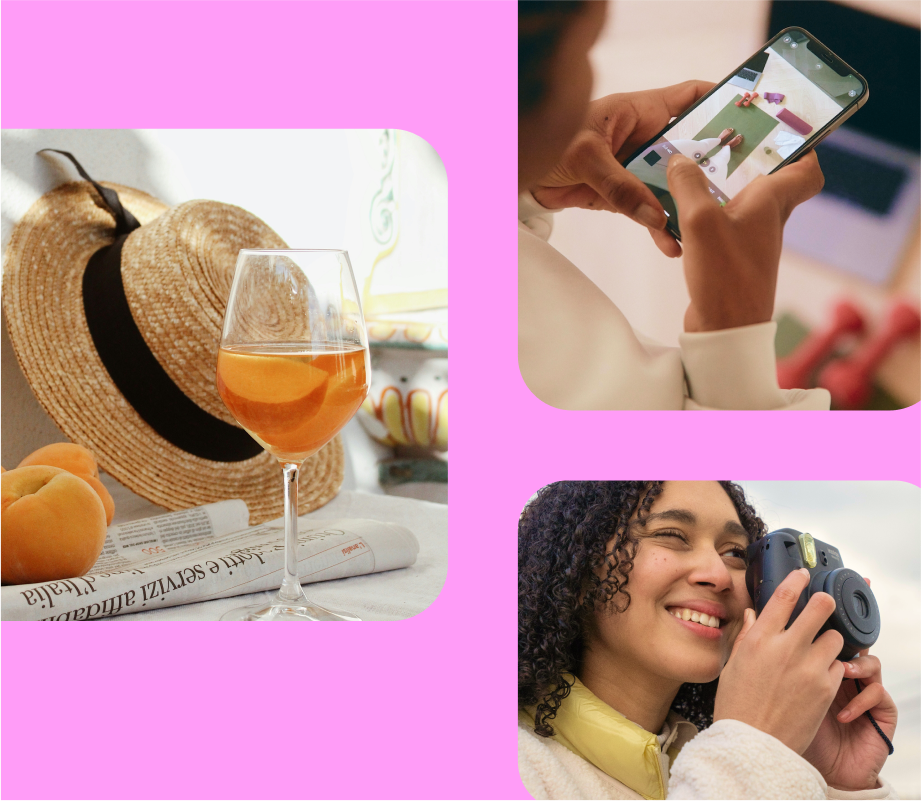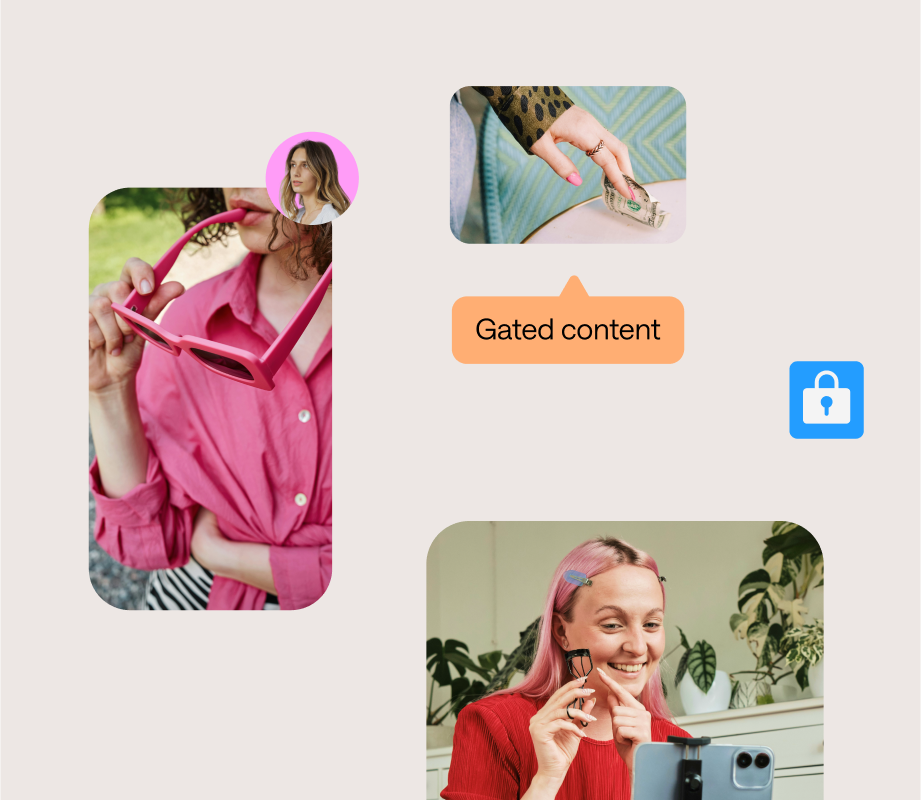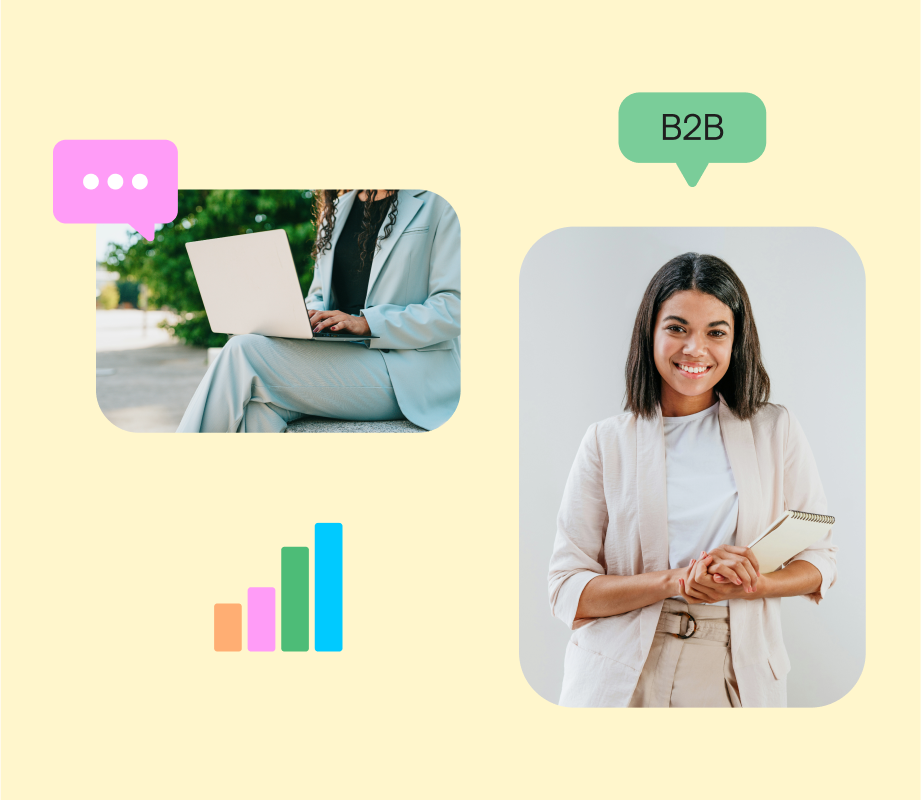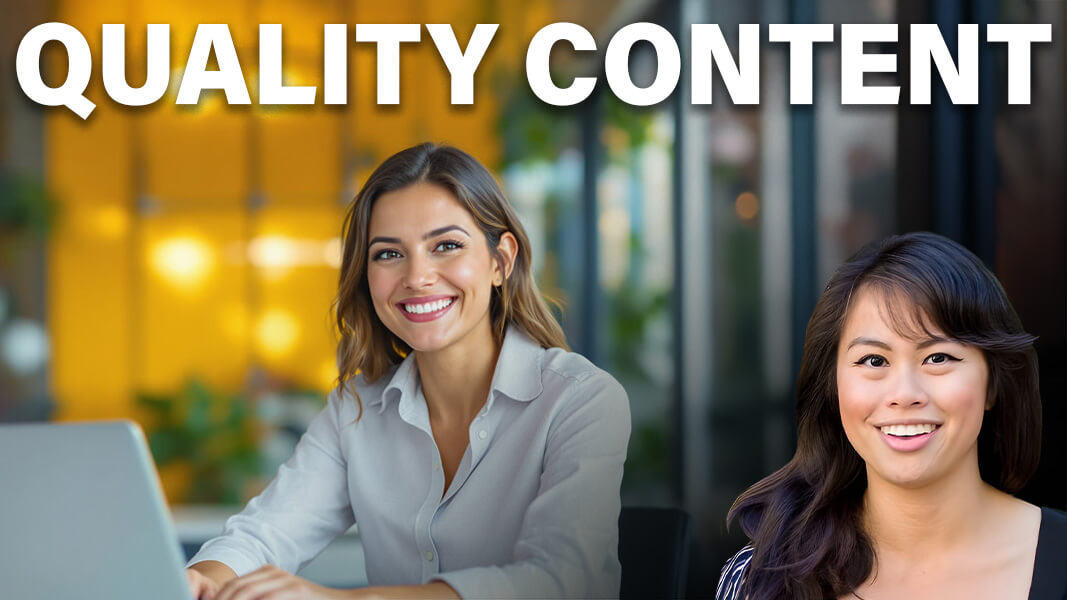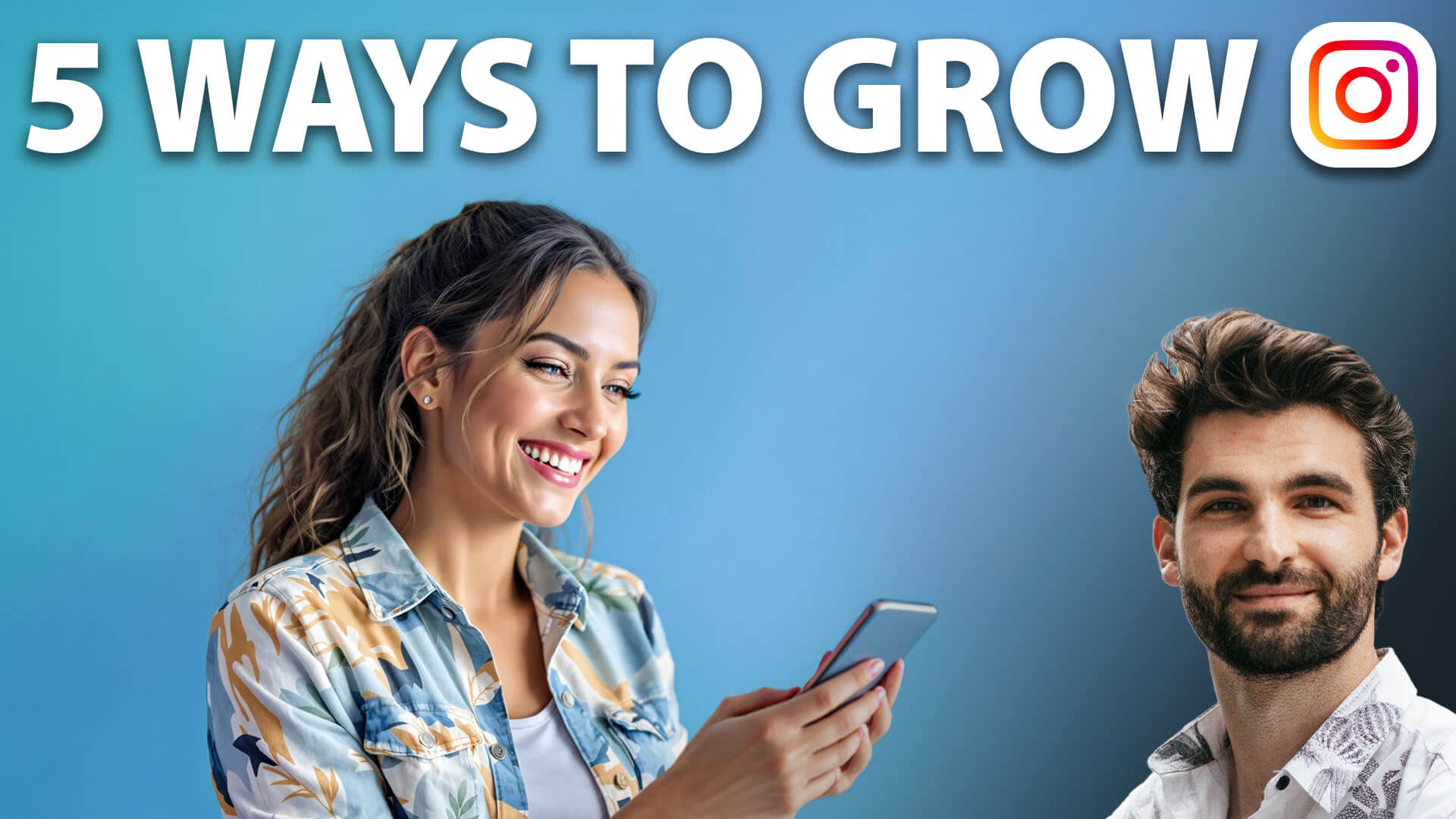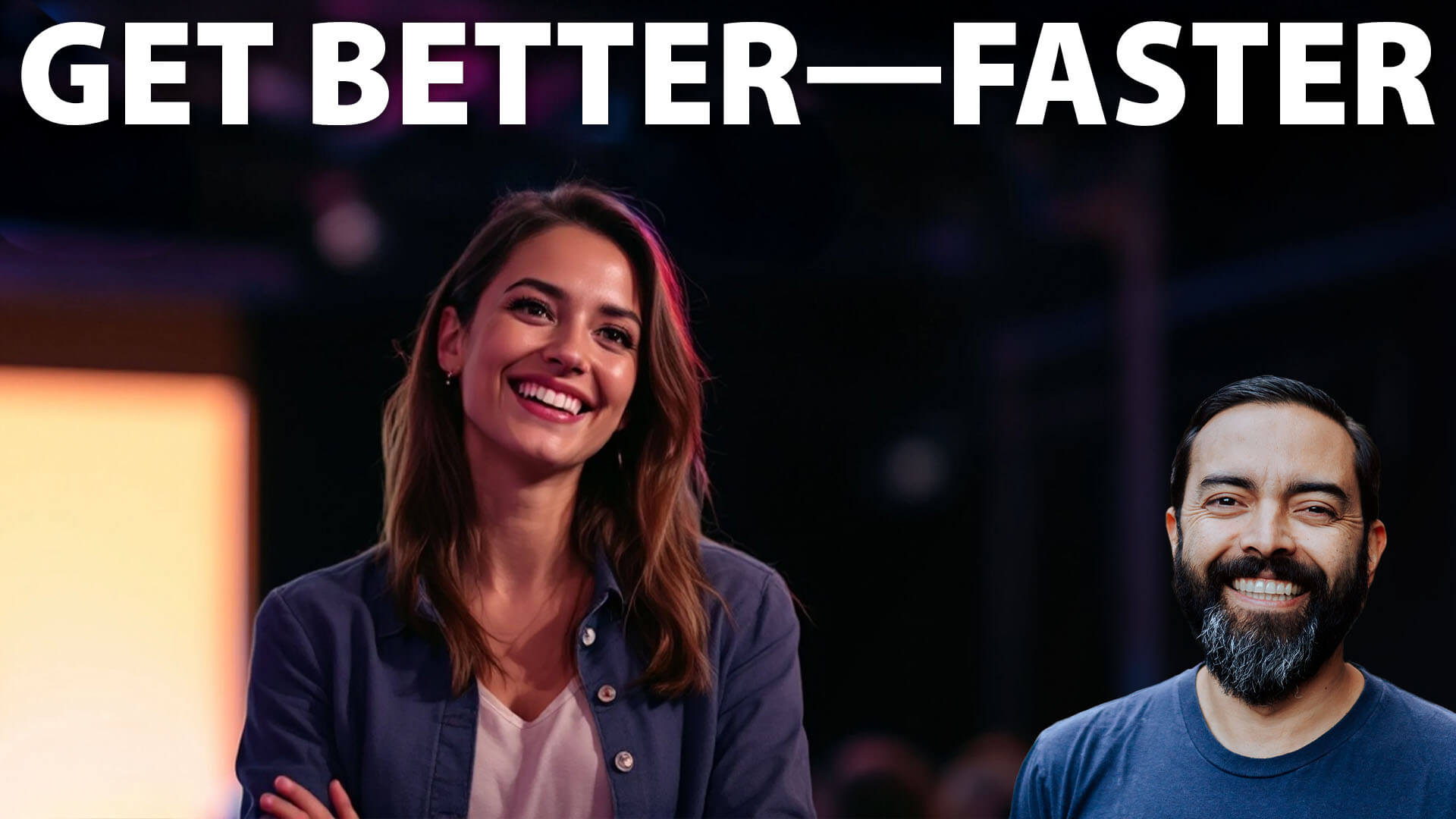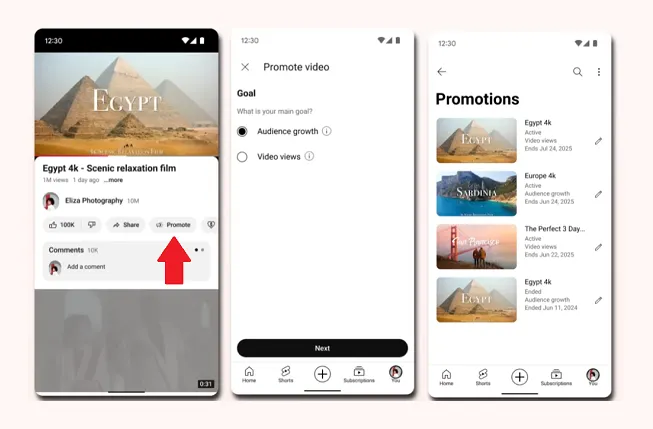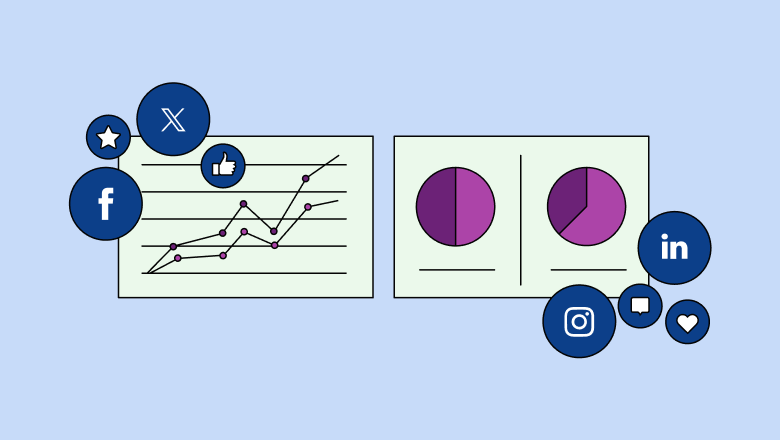Hurry Up and Wait: Top Marketing Takeaways from NetLine’s 2025 B2B Consumption Report
You know that scene in a movie where someone frantically runs through an airport, hoping to catch their flight—only to wait on the tarmac for two hours once they board? Of course not. That scene doesn’t exist in movies, only in real life. But that, my friends, is B2B marketing in 2025. Keeping with the […] The post Hurry Up and Wait: Top Marketing Takeaways from NetLine’s 2025 B2B Consumption Report appeared first on Convince & Convert.

You know that scene in a movie where someone frantically runs through an airport, hoping to catch their flight—only to wait on the tarmac for two hours once they board?
Of course not. That scene doesn’t exist in movies, only in real life.
But that, my friends, is B2B marketing in 2025.
Keeping with the aviation analogies, NetLine’s 2025 State of B2B Content Consumption and Demand Report has landed—and its findings might be described by some as turbulent.
Demand for content has never been higher: NetLine recorded a record 7.9 million first-party content registrations in 2024*, a 27% YOY increase. And yet, the time it takes for professionals to consume said content continues to stretch.
It’s the paradox we live in, where buyer curiosity soars and actual engagement remains grounded.
It’s not broken. It’s just…human.
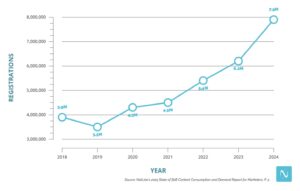
(*This surge builds on a broader trend: Since 2019, content demand has skyrocketed by 84%. Who said gated content was dead?)
So what do we, as marketers and sellers, do with that?
4 Takeaways from NetLine’s 2025 State of B2B Content Consumption and Demand Report
Below are four critical takeaways that help us navigate the widening Consumption Gap, adapt to behavioral shifts, and build trust with modern B2B buyers.
1. The Consumption Gap Is Now a Canyon
Let’s start with the basics. The Consumption Gap measures the time between when content is requested and the moment it’s opened for consumption.

Now, the headline stat: In 2024, the average time it took for a B2B professional to open their requested content ballooned to nearly 39 hours—a 23% year-over-year increase.
That’s nearly two full days between interest and action.
Overall, this isn’t just a delay; it’s a behavioral shift. It means that a well-intentioned, automated follow-up looking to “review your business goals” 10 minutes after registration isn’t “thoughtful”—it’s disruptive.

The gap between curiosity and consumption is real, and it’s widening.
As Jay Baer shared with me in a recent conversation, “Just because somebody is requesting content doesn’t mean the rest of their day is open to read it.”
People are swamped. Meetings. Deadlines. Kids’ schedules. You know the drill.
So, how do we respond?
We acknowledge their presence and give them room to breathe.
“A simple follow-up like, ‘Thanks for checking out our guide! We’ll follow up later this week, but if you have any questions before then, we’re here,” goes a long way,” Baer said.
“It says: “We see you. We’re not rushing you. We’ll be ready when you are.”
2. Format = Intent (But Only If You Pay Attention)
Every format tells a story.

In 2024, Playbook registrations were 115% more likely to be tied to a buying decision within 12 months.
By contrast, eBook registrations, while dominating demand (53% of all content registrations), were 12% less likely to indicate near-term purchase intent.
Said more simply: If someone downloads a Playbook, they’re likely shopping. If they download an eBook, they’re probably browsing.
This reinforces a simple but crucial truth: Not all leads are created equal.
Your follow-up cadence, messaging, and sales involvement should match the format someone engages with. Treating every registration as a “hot lead” is how you end up ghosted.
Even the Consumption Gap differs by format—Playbooks average just under 24 hours; eBooks, closer to 40. The content format isn’t just about preference, it’s a window into urgency.
3. Speed Still Matters—But So Does Patience
Referring back to that conversation with Jay Baer, he brought up a beautiful contradiction: responsiveness builds trust, but speed without empathy breaks it.

What we need to find is a Goldilocks Zone. The goal is to be just fast enough to show you care, but not so fast that you risk your responsiveness being called into question.
Am I talking with a robot or a human? Is that answer one-size-fits-all, or was it really written just for me?
If you’re tracking intent signals (and you should be), time them wisely.
NetLine’s data shows a shift in purchase timelines: short-term intent dropped 12%, while mid-term (3–6 months) intent grew 15%. That’s your sweet spot for nurture campaigns.
Interestingly, 16.5% of users indicated they’re planning to invest within the next year—over 3x the rate often cited by Forrester. So, while speed matters, timing with intent signals matters more.
Relevance beats speed.
A well-timed, context-aware check-in 48 hours after a Playbook download will outperform a generic follow-up in 48 minutes.
4. C-Suite Curiosity and the Power of Patience
C-Level registrations rose 27% year-over-year, now representing 13% of total demand.

Yes, the C-Suite is watching more than ever before. But how and when they get involved is still murky.
Sometimes, they’re the ones kicking things off. Other times, they’re brought in after weeks of internal research. Either way, their interest is a signal, not a guarantee.
The best move? Respect their time. Create concise, impactful content. Ensure your nurture streams reflect their leadership lens; big-picture challenges, strategic solutions, and clear next steps.
Individual Contributors, meanwhile—the largest segment by volume—play an essential role in the buying committee. They may not cut the check, but they often choose who gets considered.
Don’t sleep on them.
Your Timeline Is Not Their Timeline
If there’s one big takeaway from this year’s report, it’s this: B2B buying isn’t linear, and it sure isn’t fast.
For more than a decade, we’ve talked about how consumers are in the driver’s seat. This can be a difficult reality to come to grips with for different managers, teams, and executives. But it is true.
In fact, according to Gartner, buyers only spend 17% of their entire journey talking to vendors—and that’s split between all vendors. So, if you’re lucky, you might get 5% of their time.
That’s it. The rest is done without your knowledge in Slack threads, Zooms, shared documents, internal debates, and a lot of lurking across your website.
So stop forcing urgency. Instead, enable discovery.
Be present. Be patient. Most importantly, be ready because when your buyers are ready, they expect you to move fast and with relevance.
This year’s data is more than a snapshot of content trends. It’s a reality check for every marketer and seller trying to win trust, drive revenue, and stay relevant in a world of 39-hour delays and 39-second attention spans.
In a landscape obsessed with speed, maybe it’s time we all learned to hurry up and wait.
What Surprised You Most?
Dive into the full report and tag NetLine with your reactions. Which stat made you rethink your funnel? What will you do differently this quarter?
We’re all learning from this together, one patient registration at a time.
The post Hurry Up and Wait: Top Marketing Takeaways from NetLine’s 2025 B2B Consumption Report appeared first on Convince & Convert.

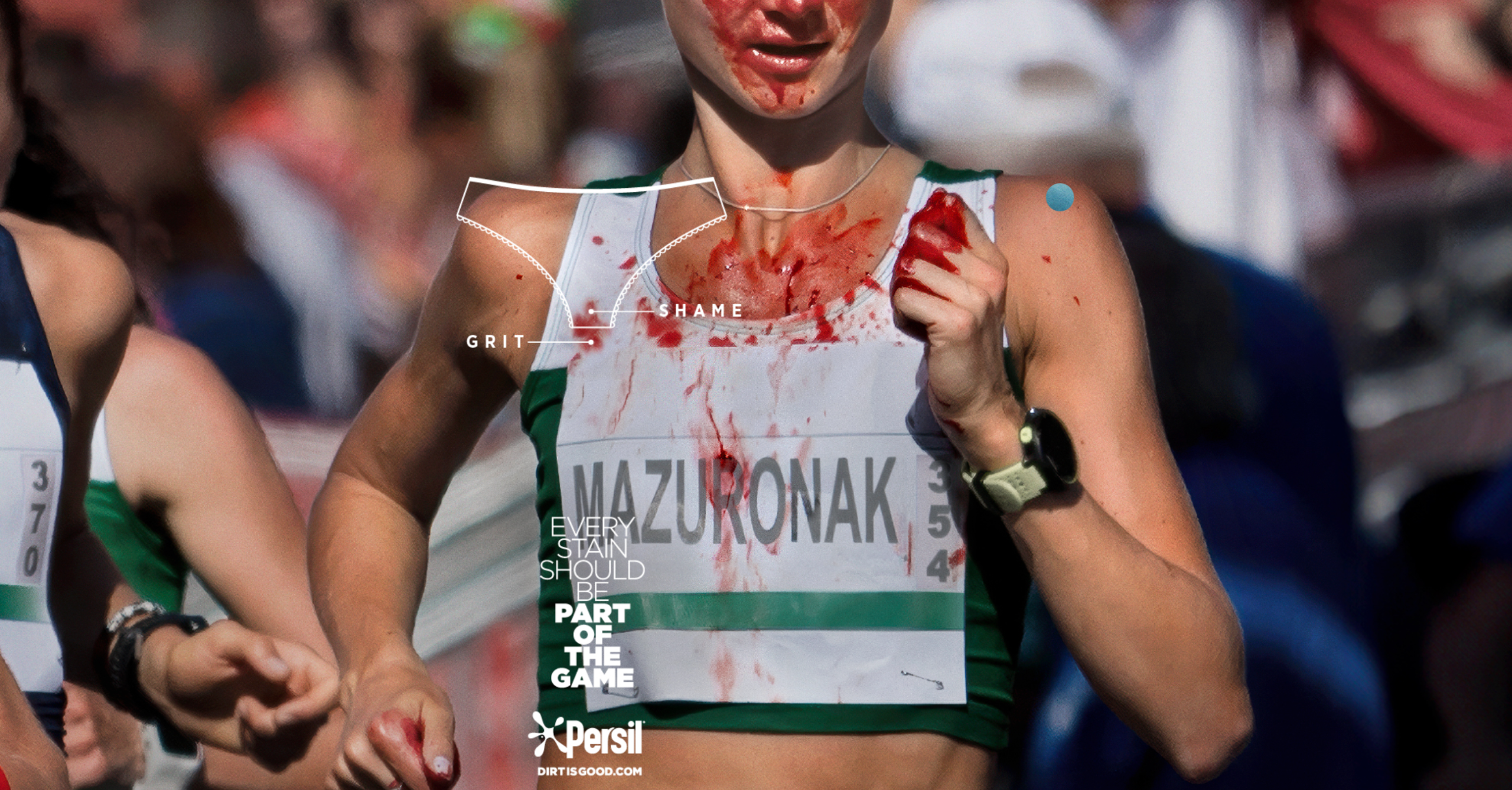














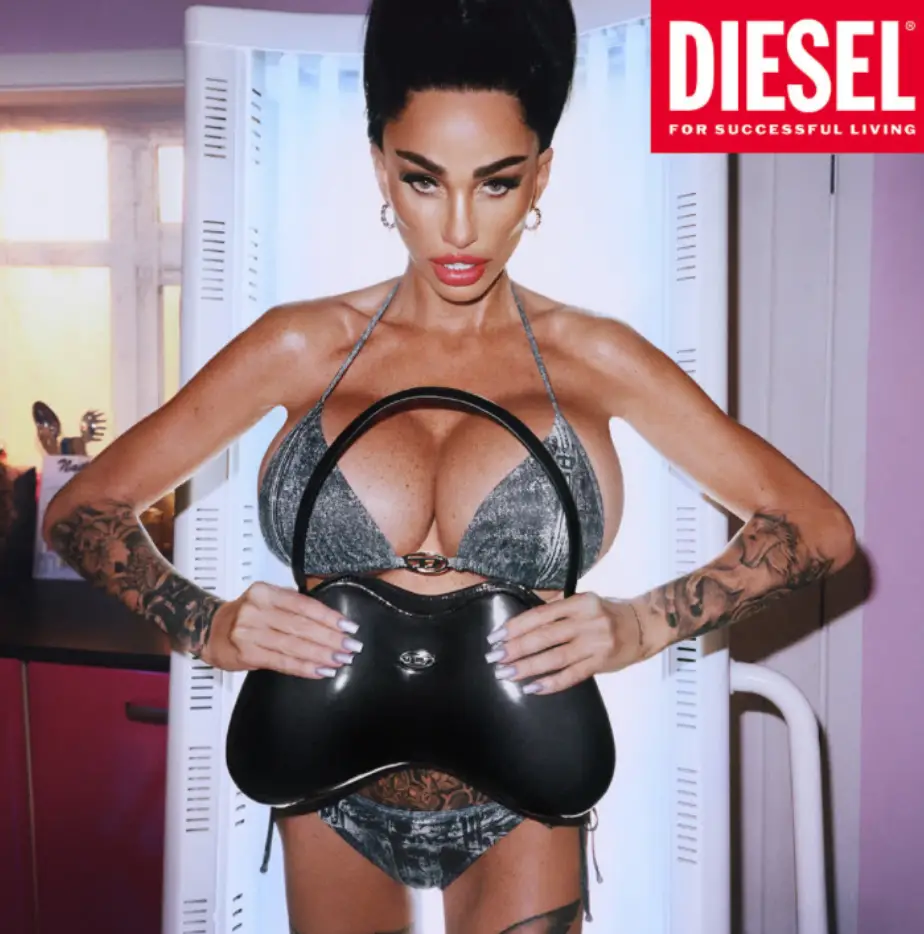
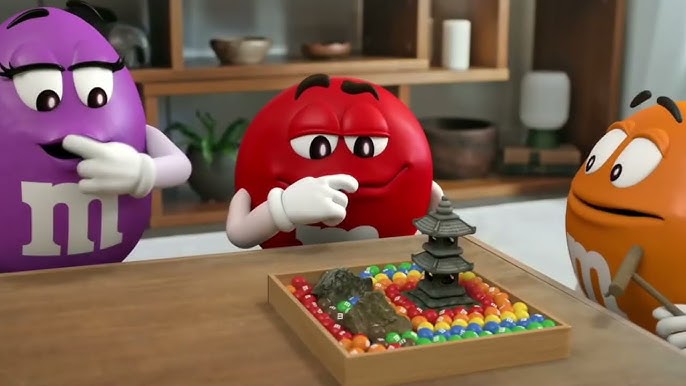
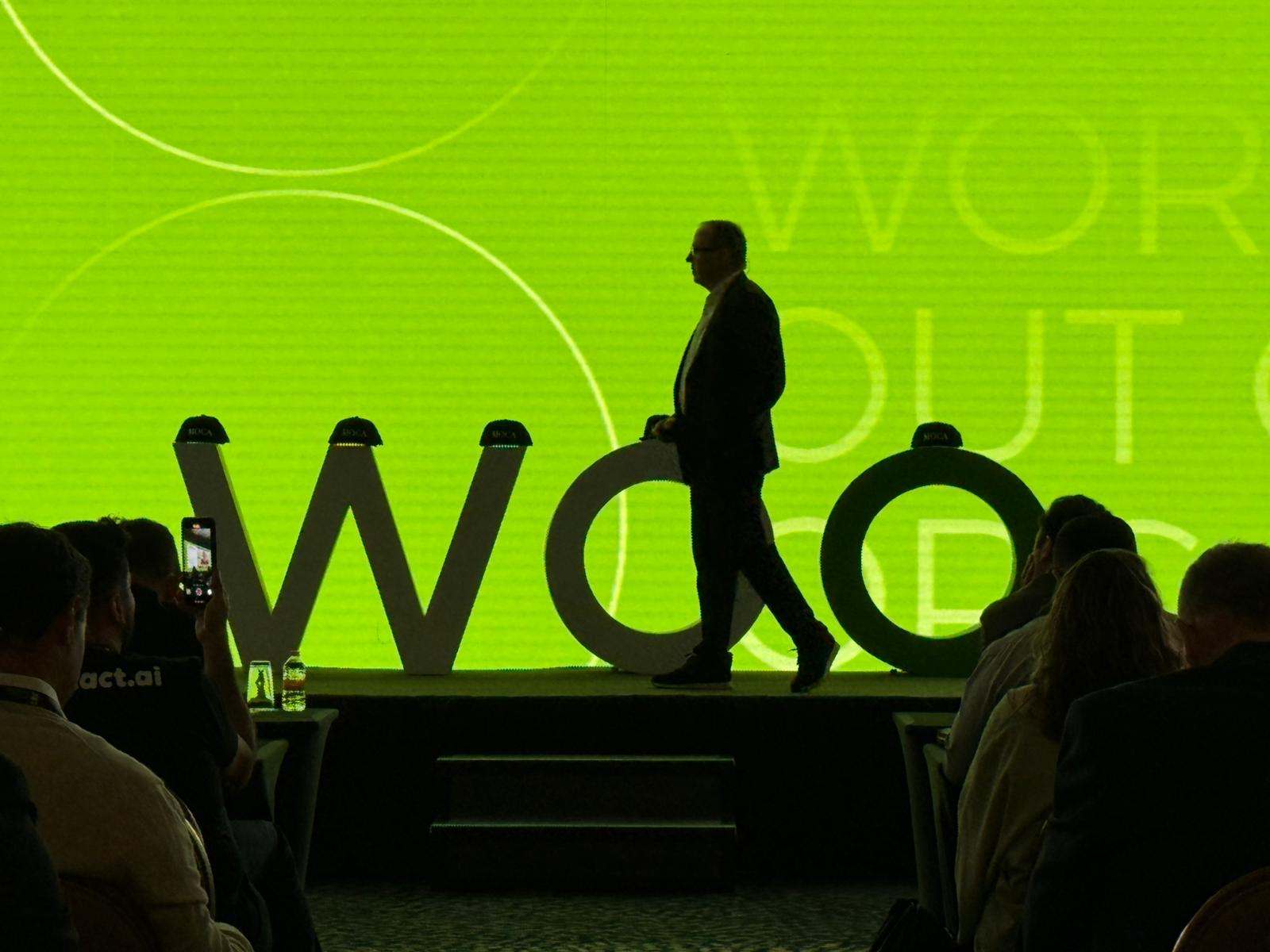




![Brand and SEO Sitting on a Tree: K-I-S-S-I-N-G [Mozcon 2025 Speaker Series]](https://moz.com/images/blog/banners/Mozcon2025_SpeakerBlogHeader_1180x400_LidiaInfante_London.png?auto=compress,format&fit=crop&dm=1749465874&s=56275e60eb1f4363767c42d318c4ef4a#)

![How To Launch, Grow, and Scale a Community That Supports Your Brand [MozCon 2025 Speaker Series]](https://moz.com/images/blog/banners/Mozcon2025_SpeakerBlogHeader_1180x400_Areej-abuali_London.png?auto=compress,format&fit=crop&dm=1747732165&s=beb7825c980a8c74f9a756ec91c8d68b#)
![Clicks Don’t Pay the Bills: Use This Audit Framework To Prove Content Revenue [Mozcon 2025 Speaker Series]](https://moz.com/images/blog/banners/Mozcon2025_SpeakerBlogHeader_1180x400_Hellen_London.png?auto=compress,format&fit=crop&dm=1747758249&s=9f3c5b1b7421f862beace1cb513053bb#)
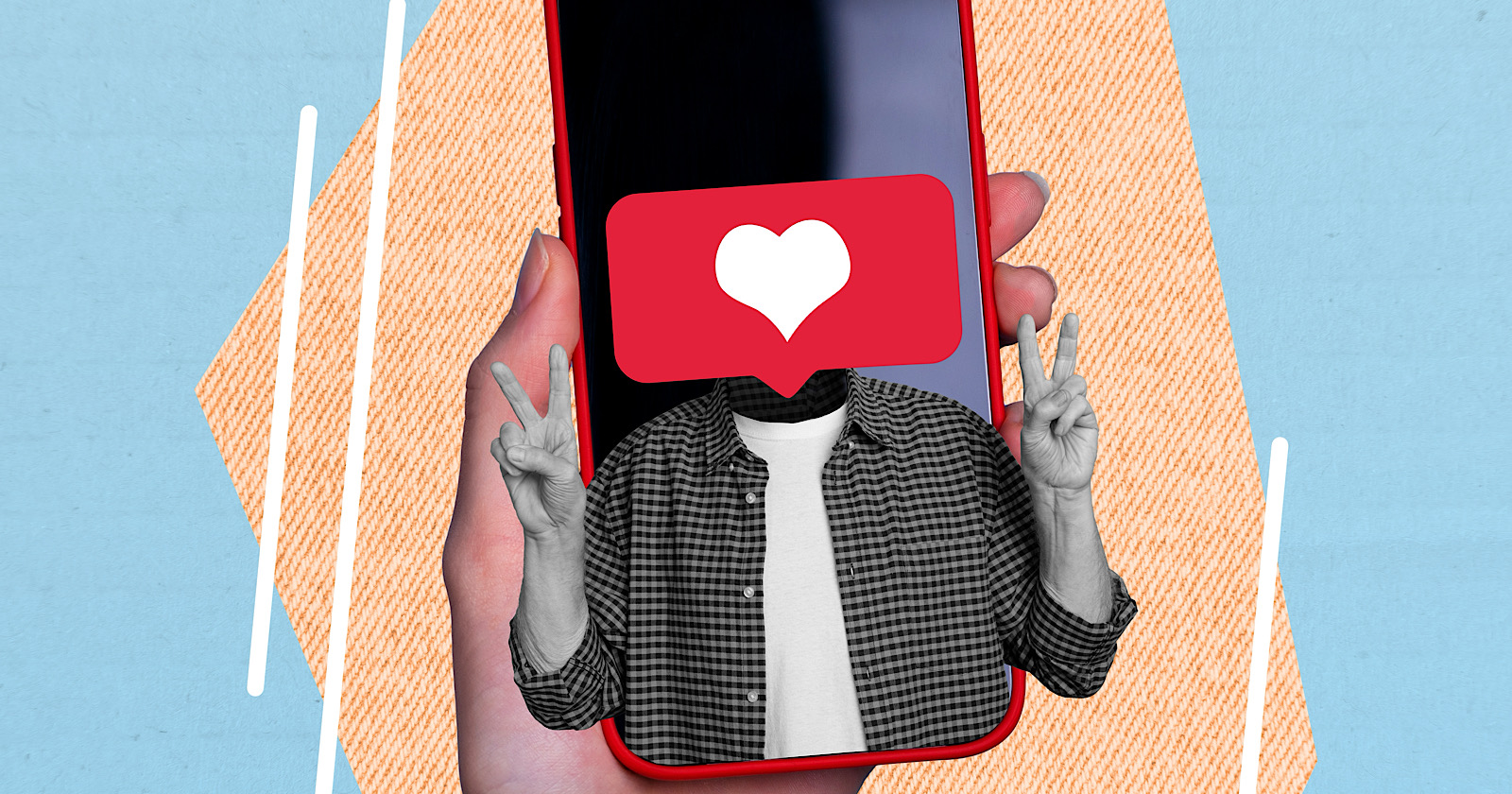
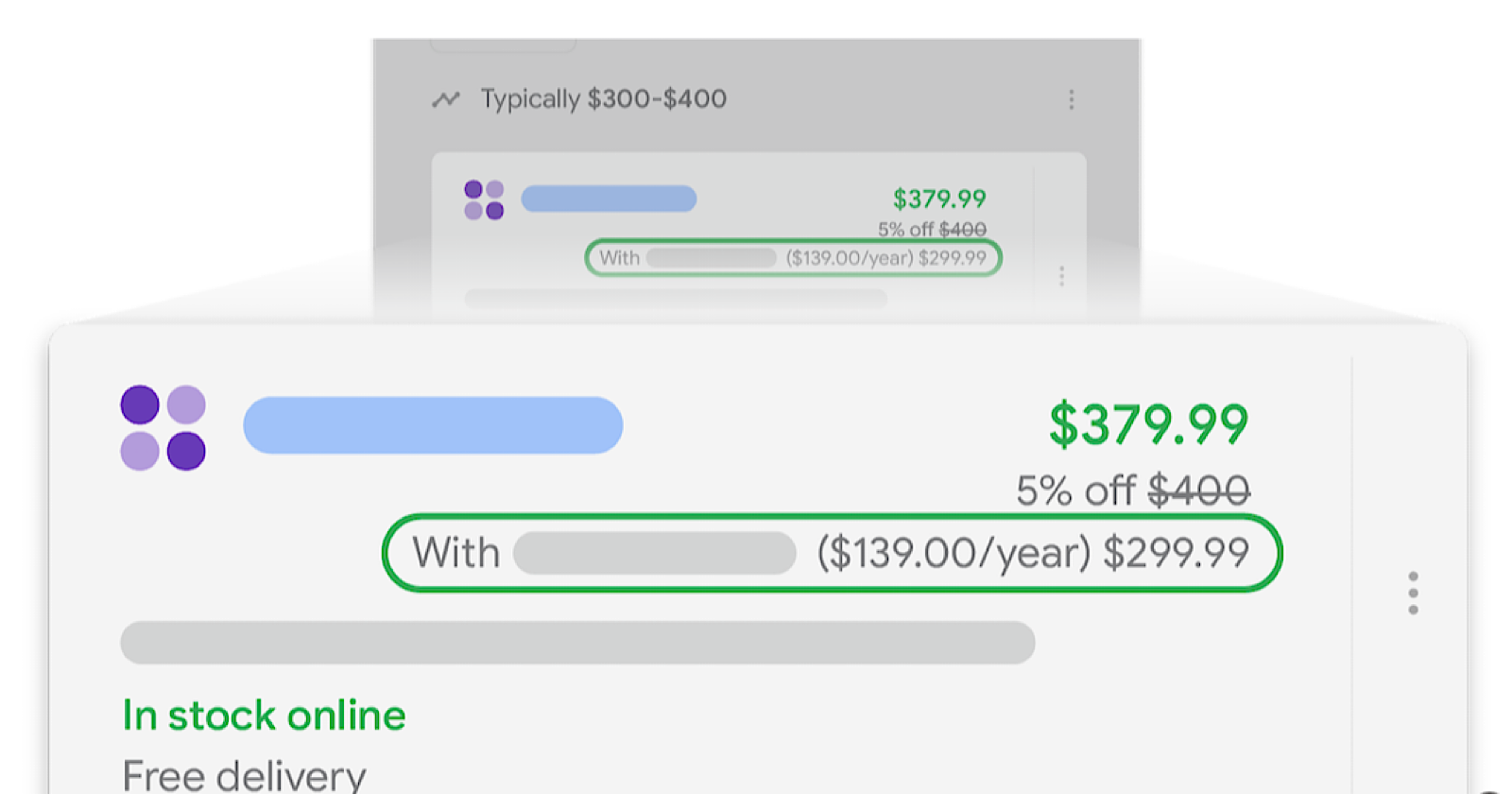
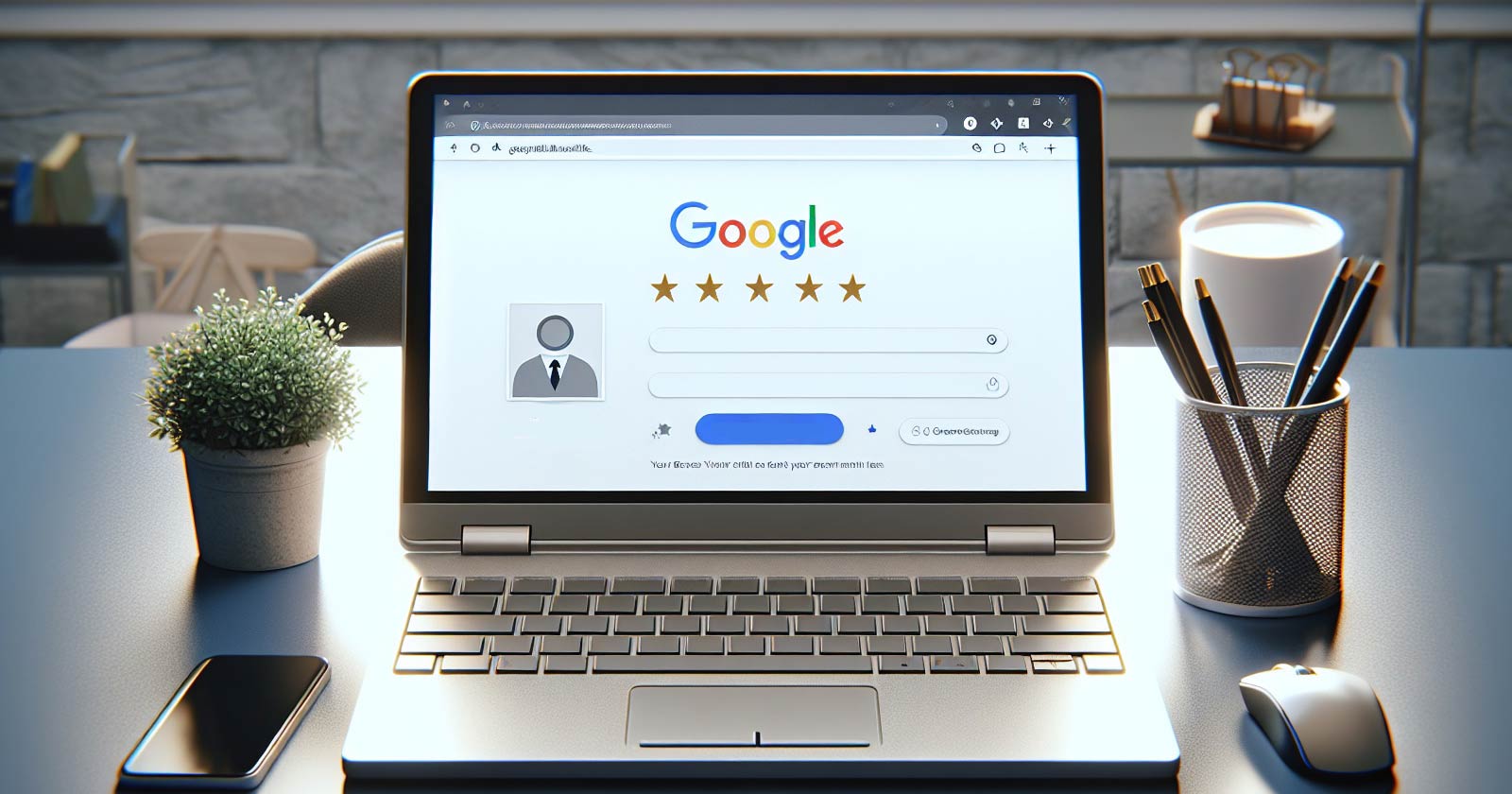
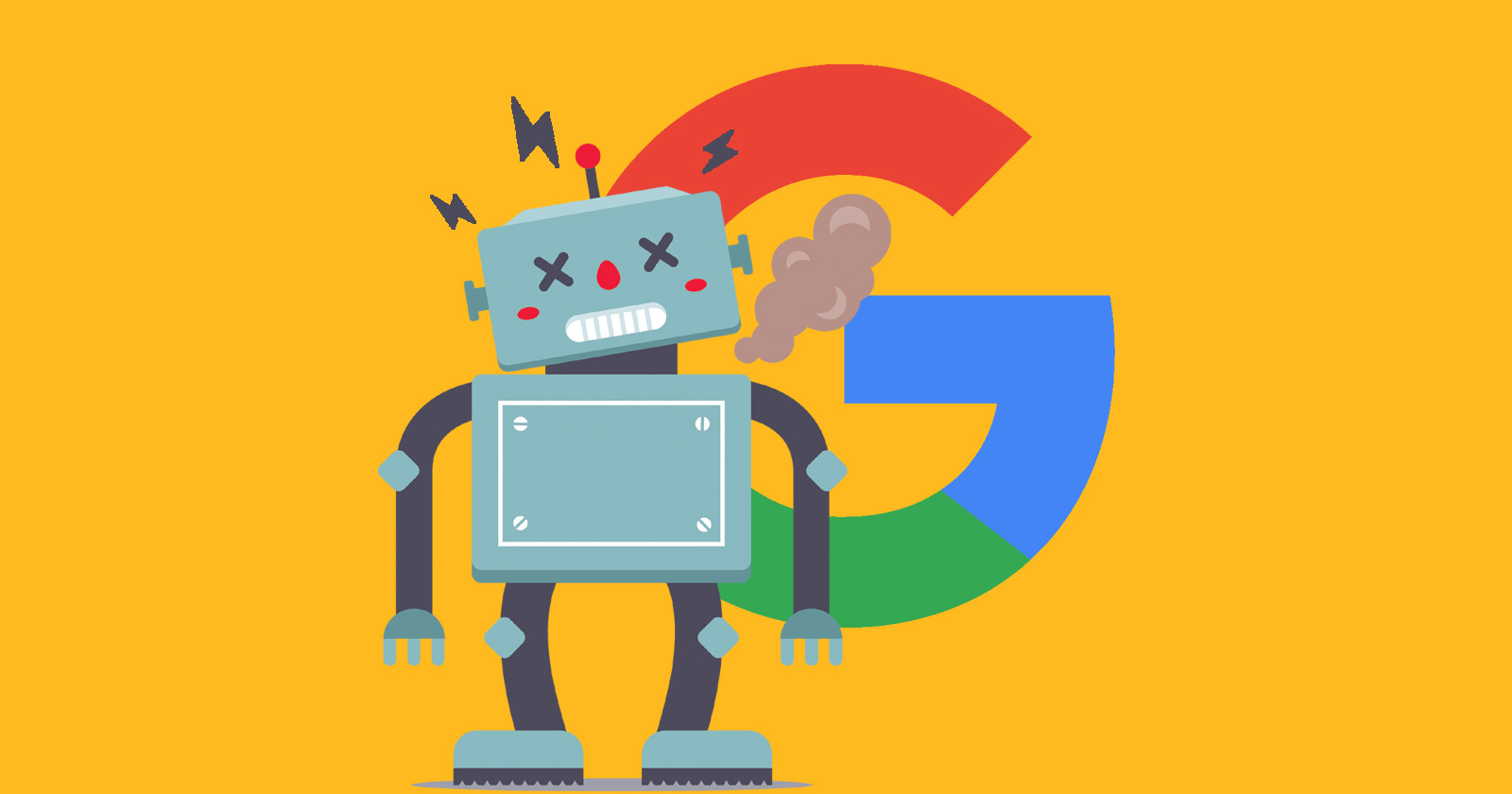







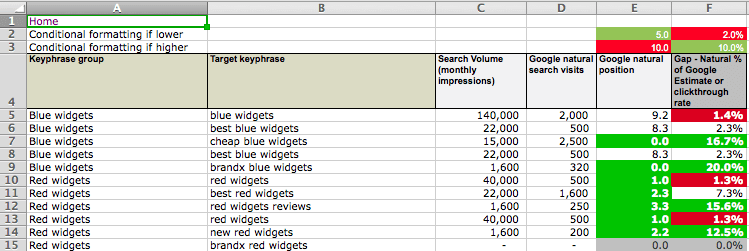
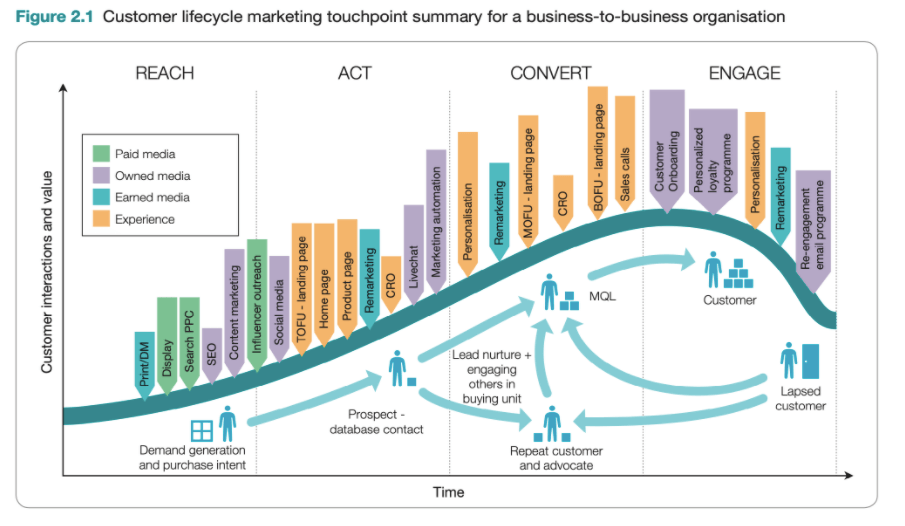











![The 11 Best Landing Page Builder Software Tools [2025]](https://www.growthmarketingpro.com/wp-content/uploads/2024/04/best-landing-page-software-hero-image-1024x618.png?#)





































![The Most Searched Things on Google [2025]](https://static.semrush.com/blog/uploads/media/f9/fa/f9fa0de3ace8fc5a4de79a35768e1c81/most-searched-keywords-google-sm.png)
![What Is a Landing Page? [+ Case Study & Tips]](https://static.semrush.com/blog/uploads/media/db/78/db785127bf273b61d1f4e52c95e42a49/what-is-a-landing-page-sm.png)





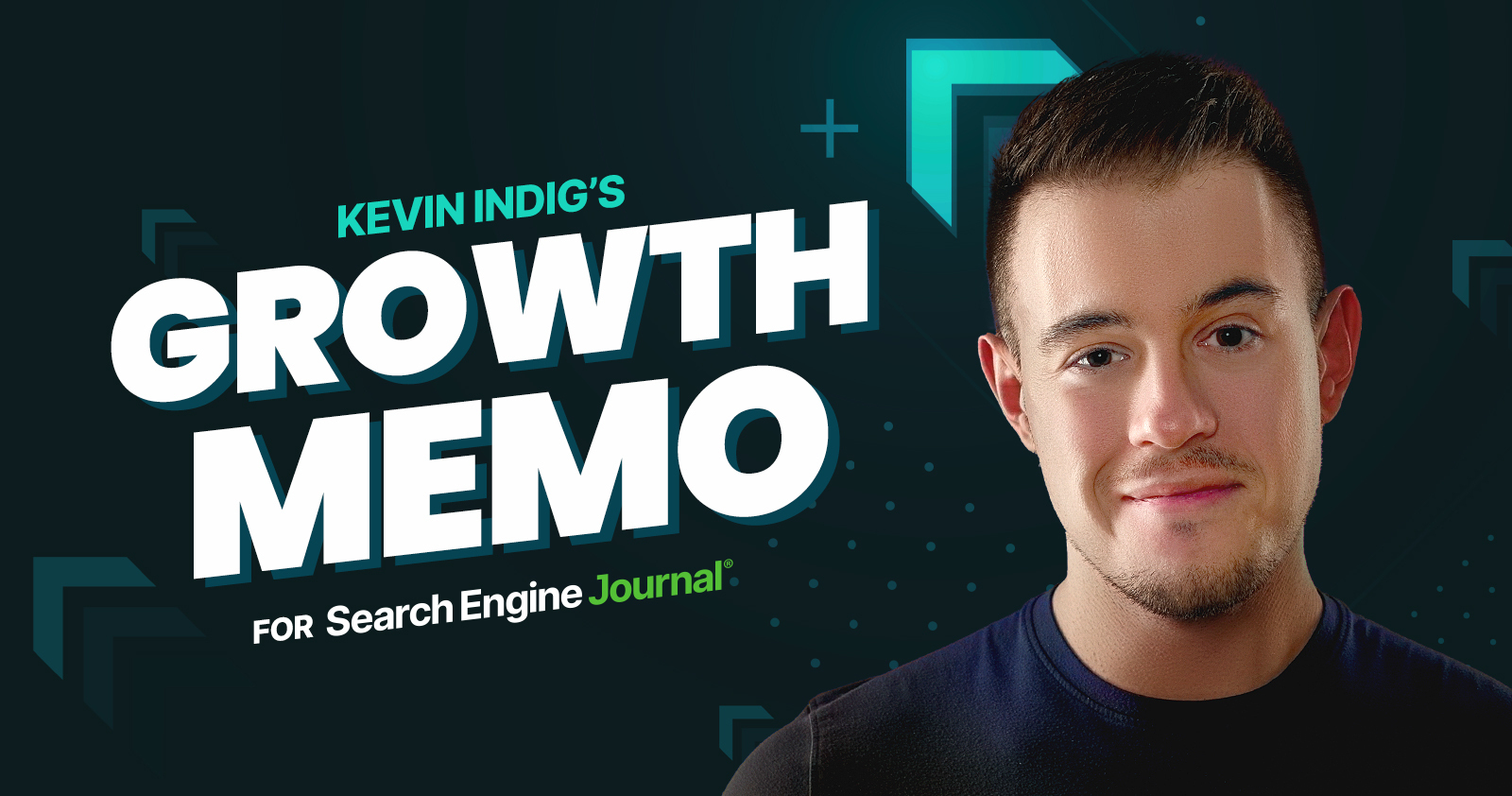
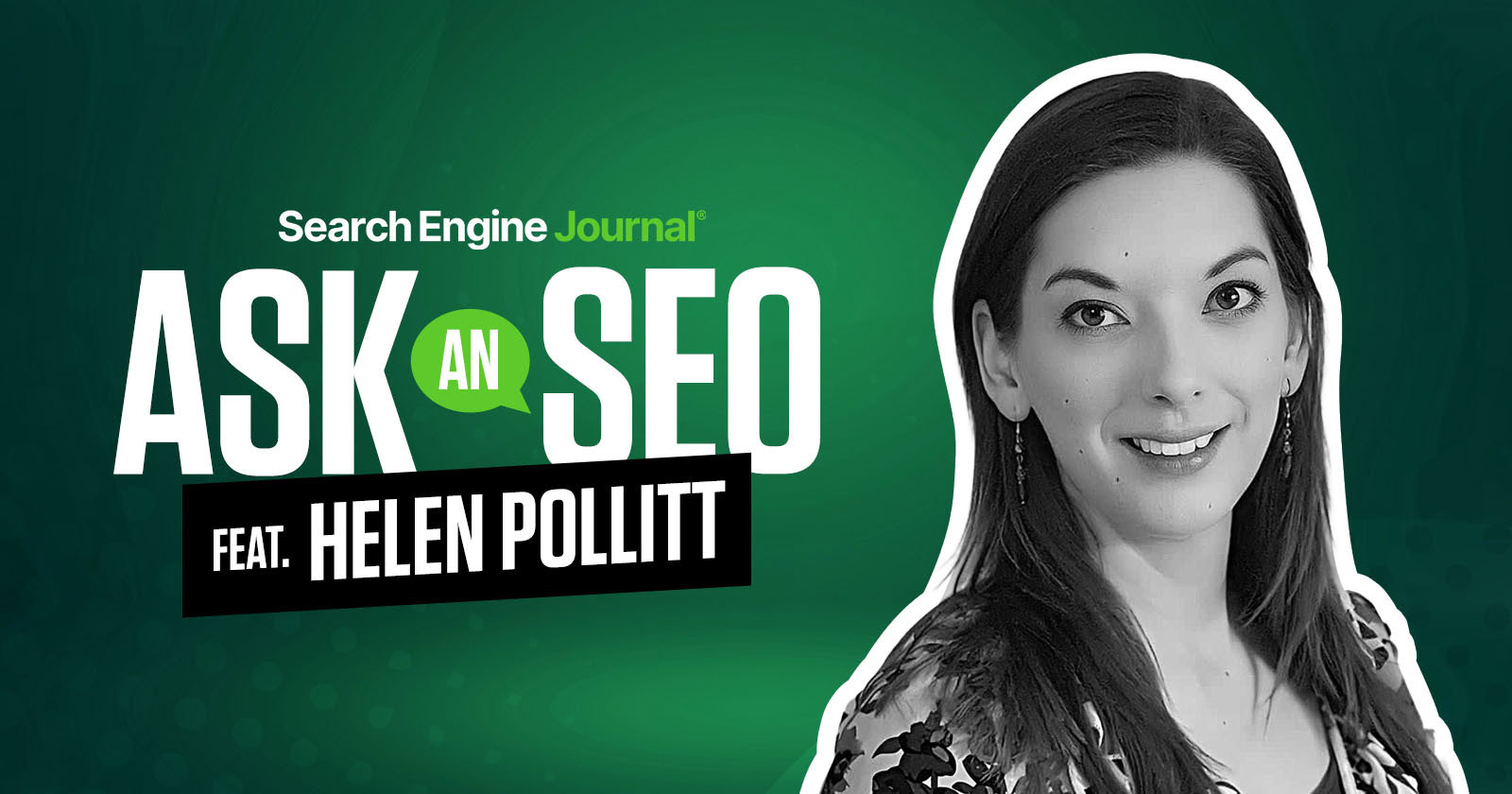






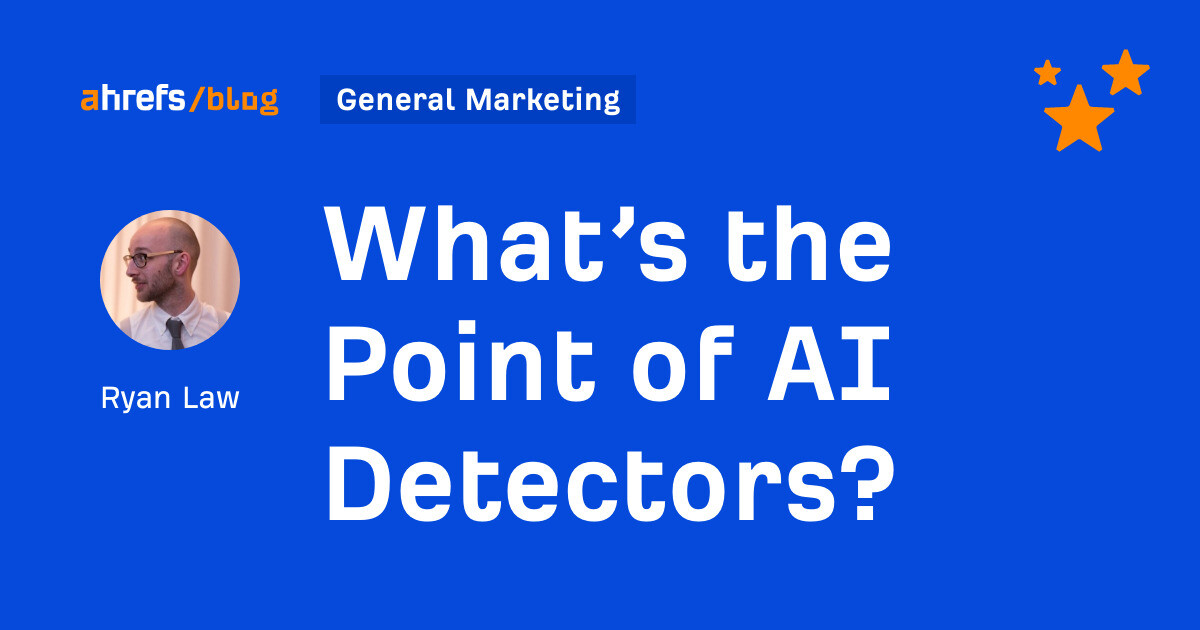
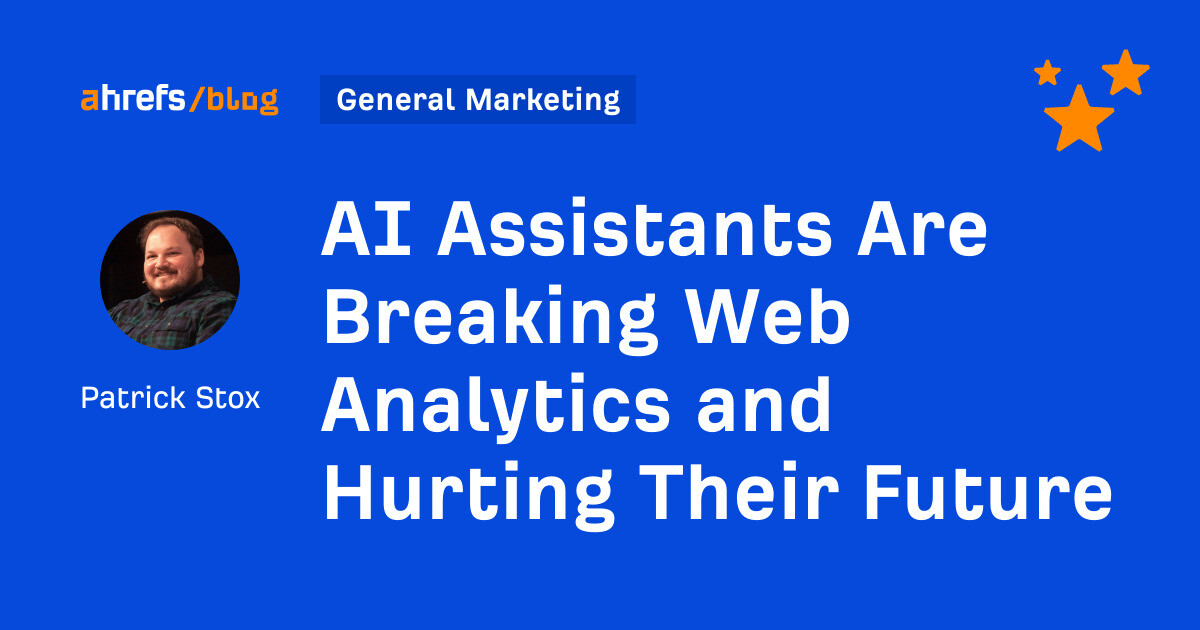
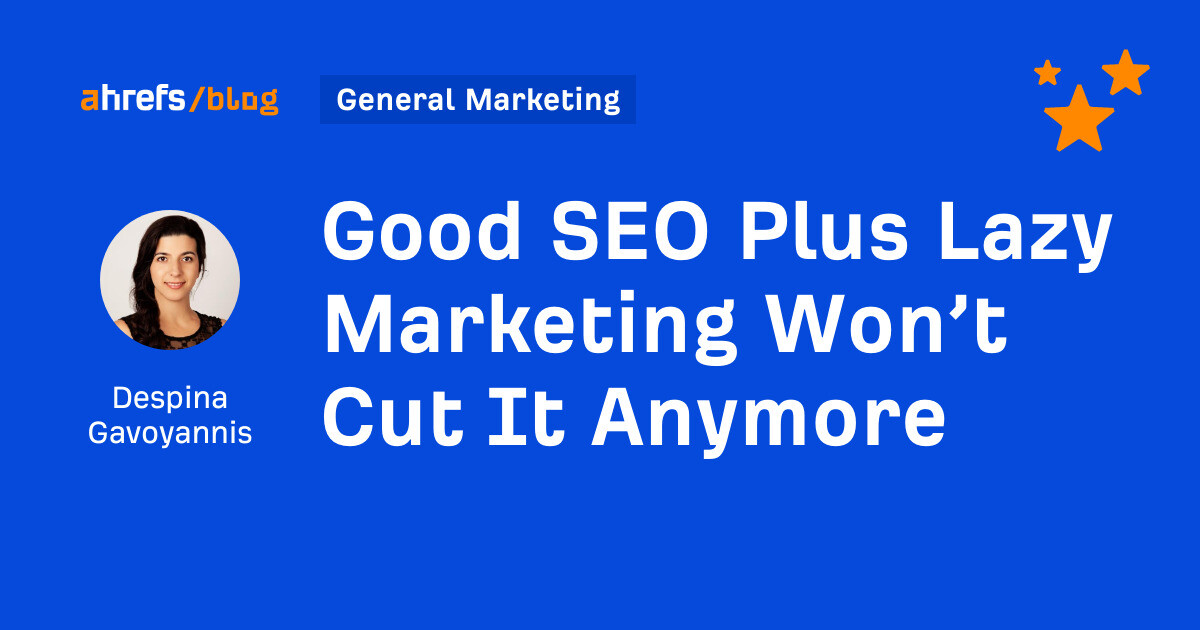
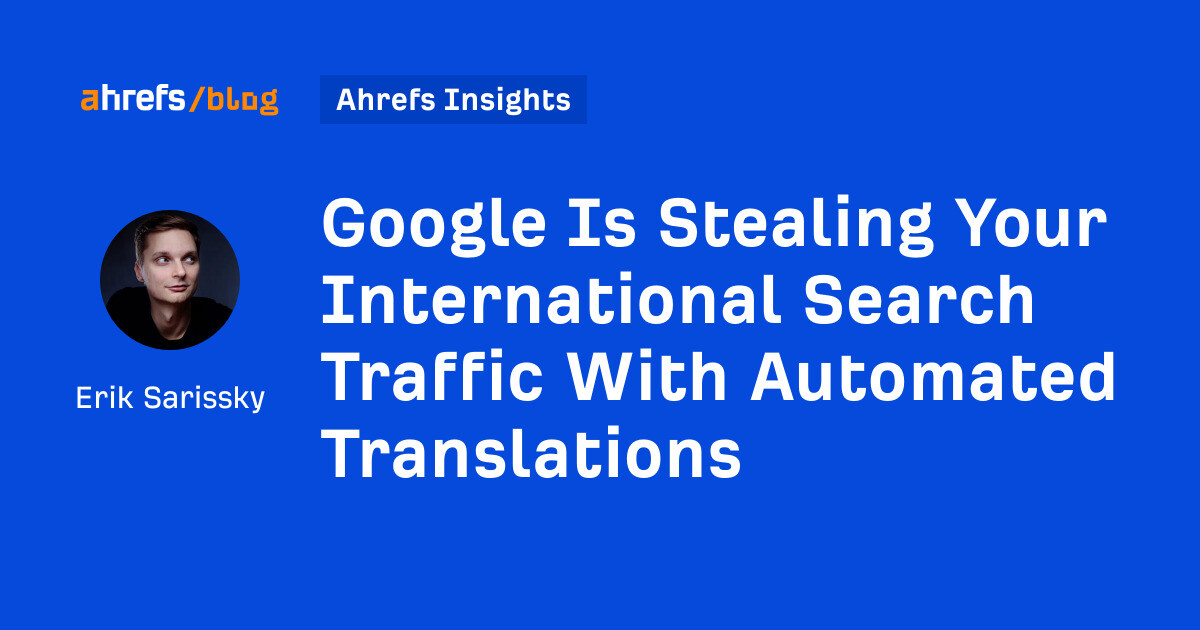
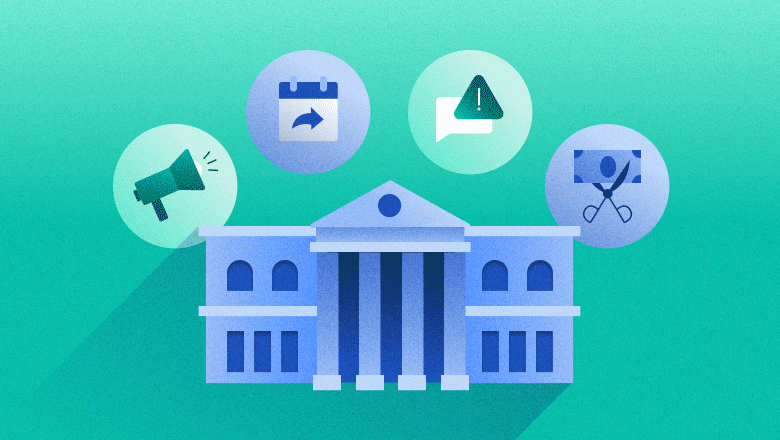

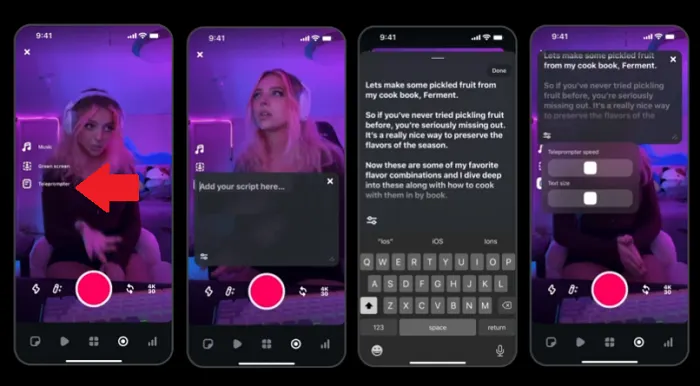
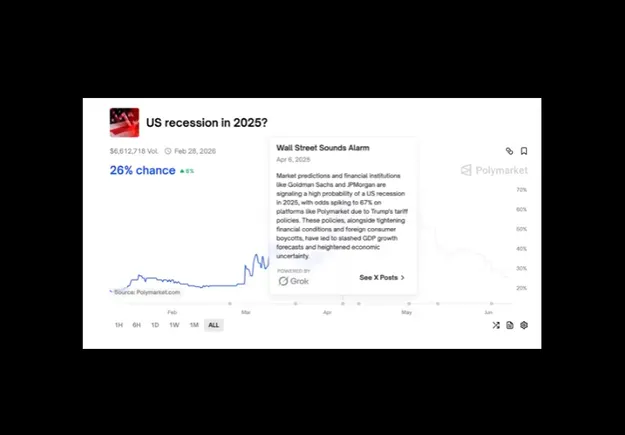

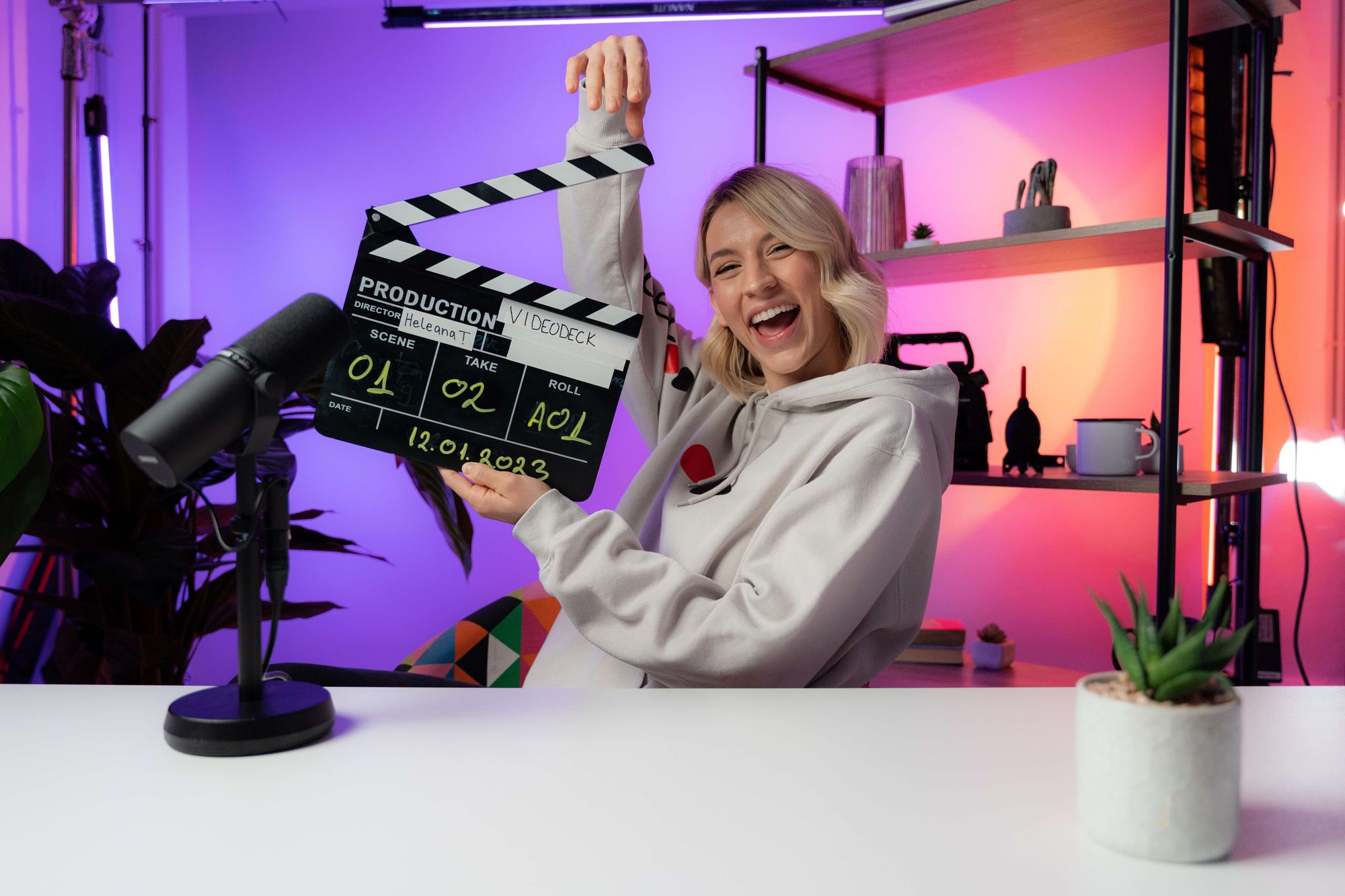

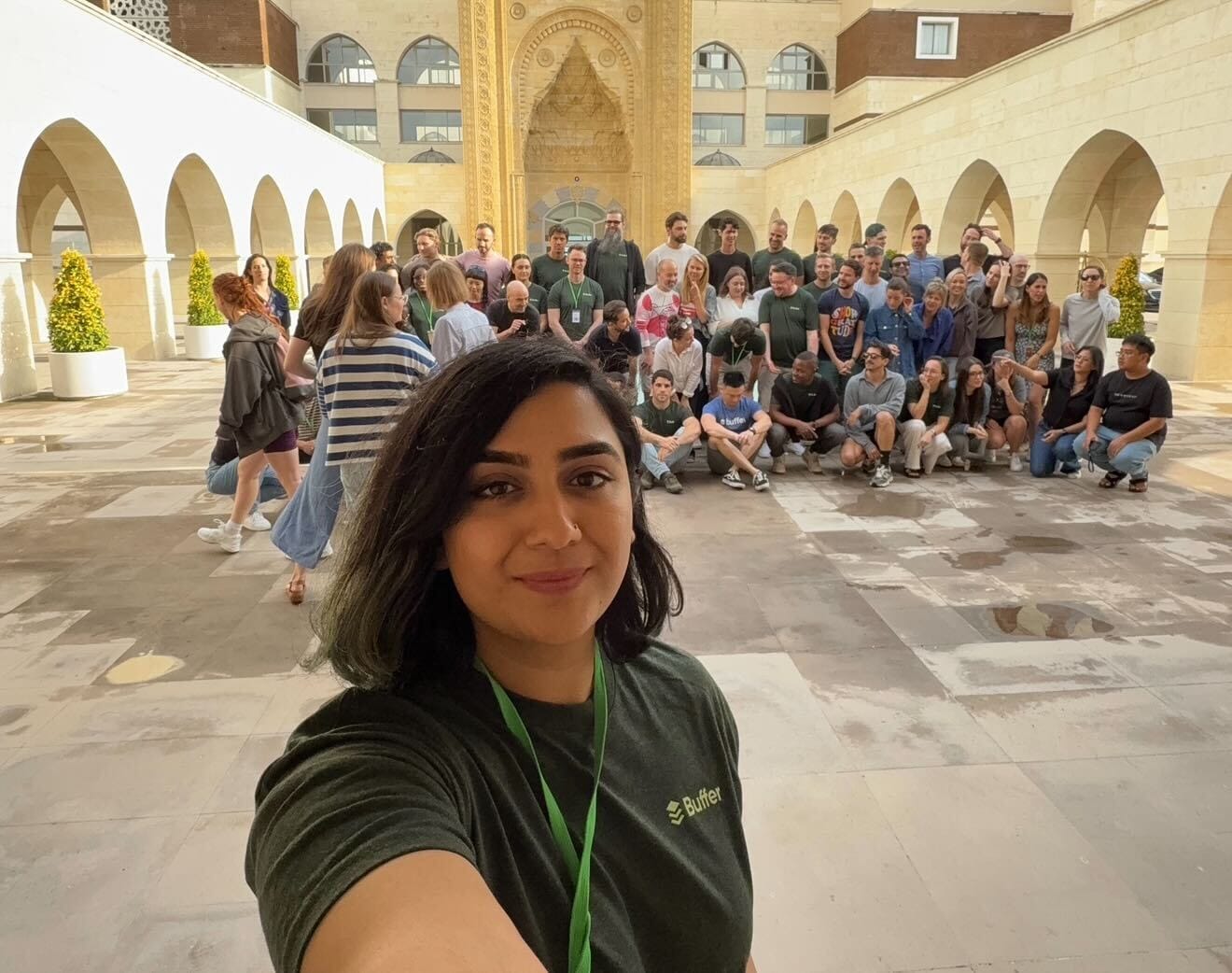





![Social media image sizes for all networks [June 2025]](https://blog.hootsuite.com/wp-content/uploads/2023/01/Social-Media-Image-Sizes-2023.png)

![AI can boost conversions from your web page — HubSpot’s CMO shows you how [tutorial]](https://knowledge.hubspot.com/hubfs/ai-1-20250605-395473.webp)
![The state of inclusive marketing in 2025 [new data + expert insight]](https://www.hubspot.com/hubfs/inclusive-marketing-report.webp)


